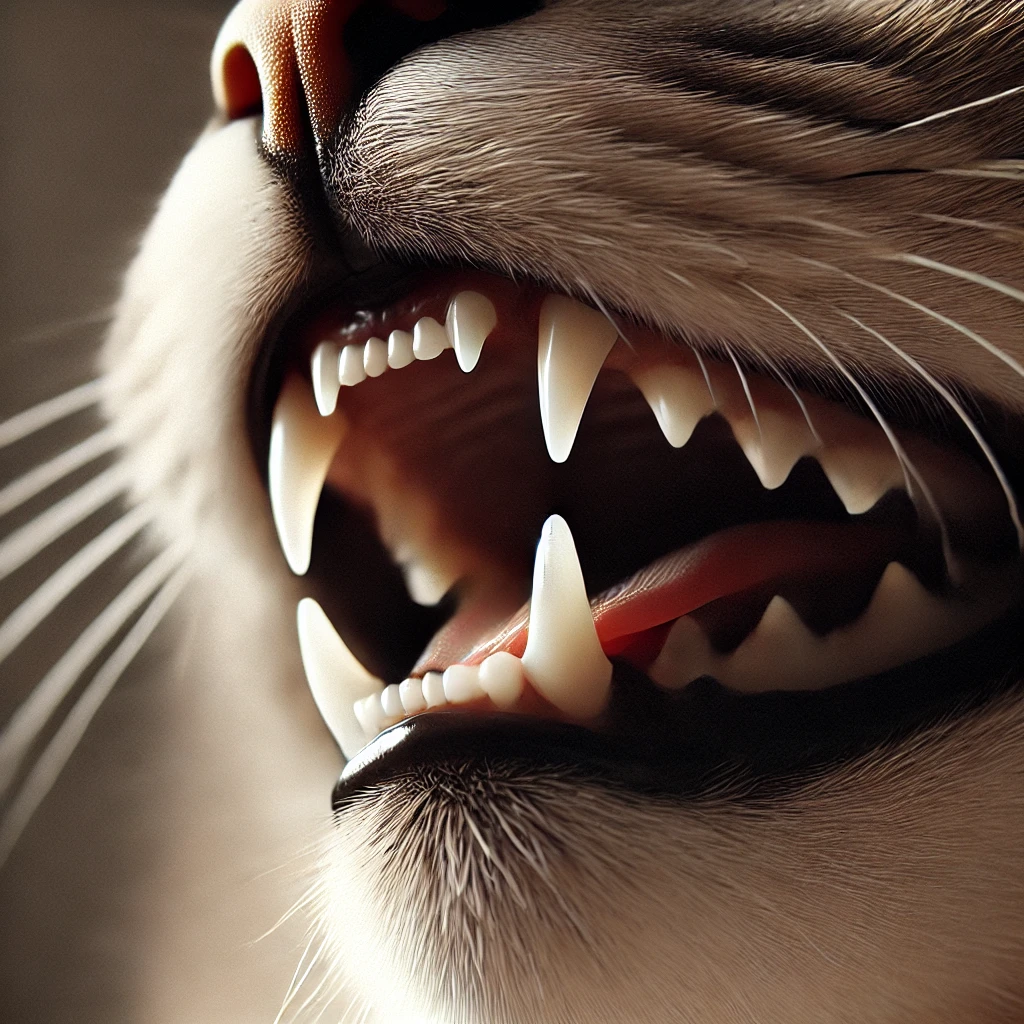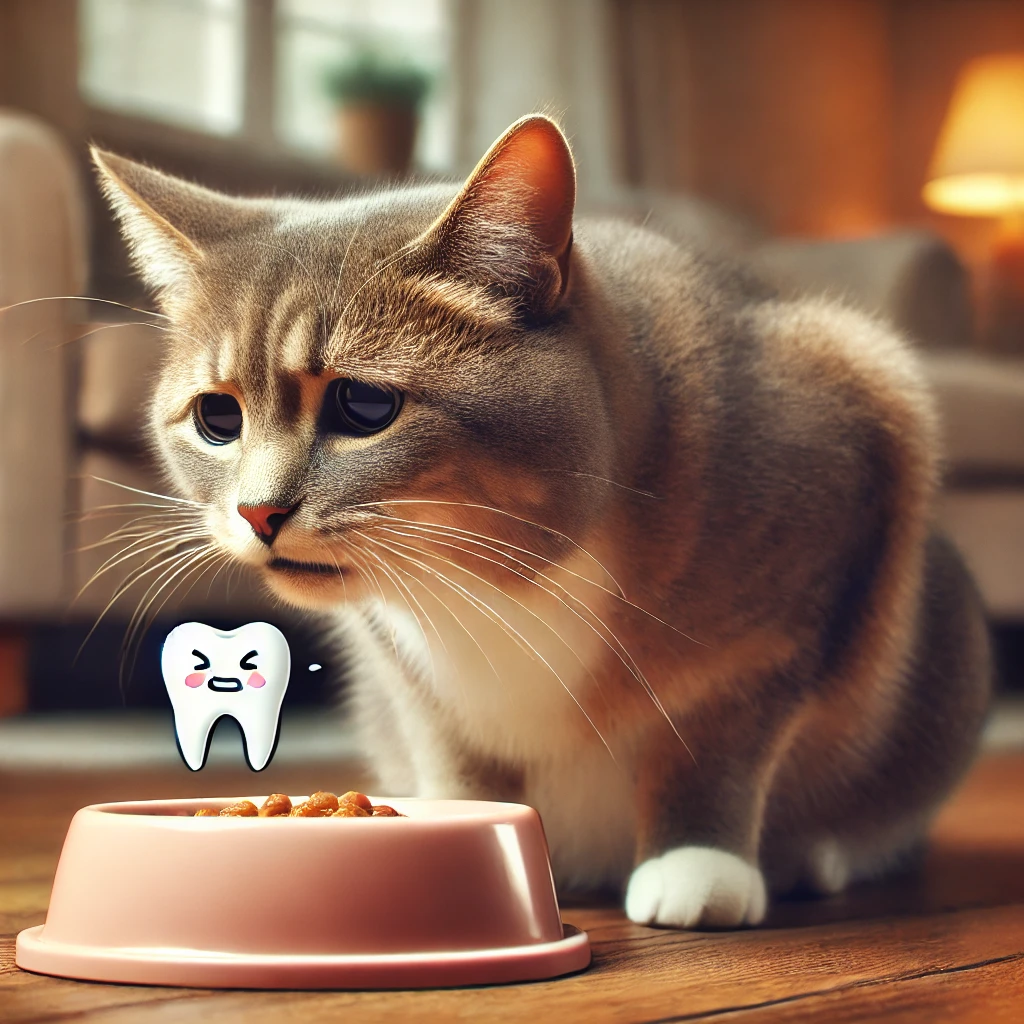Unlock the Secrets to Optimal Cat Health with Regular Dental Care
Many cat owners often overlook the critical importance of maintaining their feline friends’ dental health, which can lead to serious and sometimes irreversible health complications. Just like humans, cats depend on their teeth being in peak condition to ensure their overall well-being. The intricate anatomy of a cat’s mouth is specifically designed with sharp teeth perfect for tearing and cutting food. When dental issues arise, they can detrimentally affect not just their ability to eat but also trigger significant health complications throughout their bodies, ultimately impacting their longevity and overall quality of life.
The prevalence of dental disease in cats is alarmingly high, with studies indicating that a majority of felines will encounter some form of dental problem during their lifetime. These issues can range from minor tartar buildup to severe conditions such as gum disease and eventual tooth loss. Such oral health problems can extend beyond the mouth, potentially leading to severe complications that affect vital organs like the heart, liver, and kidneys, thereby emphasizing the absolute necessity of proactive dental care.

It is essential to understand the potential dangers associated with neglecting your cat’s dental health. When a cat develops dental disease, harmful bacteria from these infections can easily enter the bloodstream, spreading throughout the body and leading to chronic health issues. In severe cases, these complications can drastically diminish their quality of life. Therefore, closely monitoring your cat’s teeth and gums transcends mere cosmetic concern; it is a vital component of their overall health and well-being that cannot be ignored.
Essential Indicators of Dental Problems in Cats: What Every Owner Should Know
Identifying dental problems in your cat can sometimes feel overwhelming, yet there are specific signs that can aid you in spotting potential issues before they worsen. A significant decrease in appetite or your cat suddenly refusing to eat their favorite kibble can often be a primary indicator that something is wrong. Furthermore, symptoms like excessive drooling, persistent bad breath, and visible bleeding gums all suggest that their oral health is compromised and requires immediate veterinary attention.
Cats are remarkably adept at hiding pain, which complicates the identification of dental discomfort. Therefore, it is crucial to remain observant and be on the lookout for subtle behavioral changes, such as increased irritability, reluctance to play, or a new tendency to paw at their mouth. These behaviors can indicate underlying dental distress and should never be underestimated. Early detection is essential for effective treatment and can significantly improve your cat’s quality of life.
Regular check-ups with a veterinarian are a vital part of ensuring your cat’s dental health remains at its best. A trained vet can uncover dental issues that may not be visible during standard at-home examinations. Early identification of these problems is crucial, as it allows for prompt treatment before minor concerns escalate into serious health threats that could jeopardize your cat’s well-being.
Consider the example of Mittens, a vibrant tabby who seemed perfectly healthy until a routine veterinary check revealed advanced dental disease. Thanks to timely intervention, Mittens was able to avoid severe health complications. Stories like Mittens’ serve as a poignant reminder of the critical importance of not dismissing routine vet visits, even when your beloved pet appears to be in great condition.
Step-by-Step Guide to Creating an Effective Dental Care Routine for Your Cat
Establishing a comprehensive dental care routine for your cat may initially seem daunting, but with the right tools and a bit of patience, it can transform into a simple and rewarding process. First and foremost, selecting the appropriate dental care products is essential. Invest in specially designed cat toothbrushes and toothpaste; using human toothpaste is not suitable for your feline companion and can pose health risks.
After gathering your dental care supplies, the next step is to gradually introduce your cat to the brushing process. Cats typically require time to adjust to having their teeth brushed. Begin by allowing them to taste the toothpaste, making the experience enjoyable and stress-free. Afterward, gently massage their gums with your finger to help them acclimate to the sensation before introducing the toothbrush.
Incorporating professional cleanings by your veterinarian should also play a pivotal role in your cat’s dental care plan. Vets can perform deep cleaning procedures and address any underlying issues that regular at-home care might overlook. This collaborative approach to dental health can significantly enhance your cat’s overall oral hygiene and help prevent future dental problems that could lead to costly treatments.
If your cat exhibits resistance to tooth brushing, remember that patience is key. Use treats as positive reinforcement and keep each brushing session brief and enjoyable. Over time, your cat will become accustomed to this routine, allowing it to seamlessly integrate into their daily life and making dental care a natural part of their health regimen.

The Crucial Connection Between Nutrition and Your Cat’s Dental Health
The significance of diet in maintaining your cat’s dental health cannot be overstated. You might be surprised to discover how proper nutrition can enhance the strength of their teeth and improve gum health. Certain types of food are specifically formulated to assist in reducing plaque and tartar buildup, effectively providing your cat with a mini dental cleaning with every bite they take.
When selecting the right food for your cat, make sure to look for dental-specific options. These products often have a unique texture designed to aid in cleaning teeth, making a noticeable difference in your cat’s oral hygiene routine. It’s almost like giving their mouth a fun workout! However, keep in mind that while these foods are beneficial, they should complement, not replace, regular dental care practices such as brushing and routine vet checks.
Avoid offering sticky or sugary treats that can cling to your cat’s teeth and foster decay. Instead, opt for treats that are both delicious and supportive of dental health. Think of these treats as valuable allies in your mission to maintain your cat’s oral hygiene, helping to support their dental health while they indulge in a tasty snack.
Integrating dental-friendly foods into your cat’s diet is simpler than you might imagine. Start by mixing a small amount of new food with their regular diet to monitor their response. Always consult your veterinarian to ensure that any dietary changes align with your cat’s specific nutritional needs while promoting optimal dental health and preventing future complications.
The Article: Dental Care For Cats: Why It’s Important And How To Start Appeared First On Unity Pets.
The Article Was Found On https://limitsofstrategy.com
The Article Please provide the title you’d like me to rewrite. First Appeared ON
: https://ad4sc.com
Comments are closed